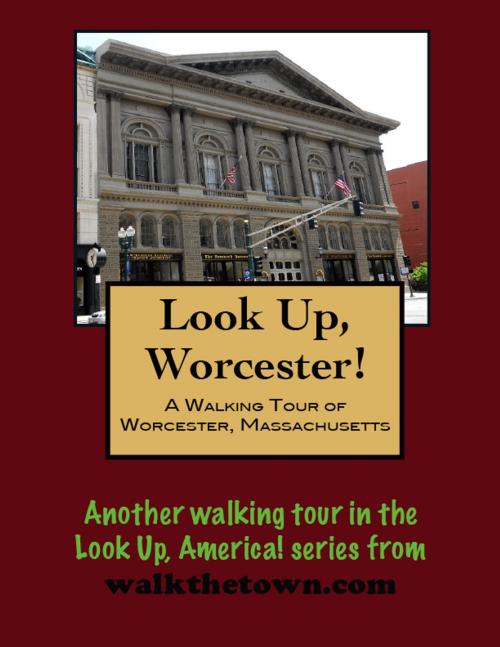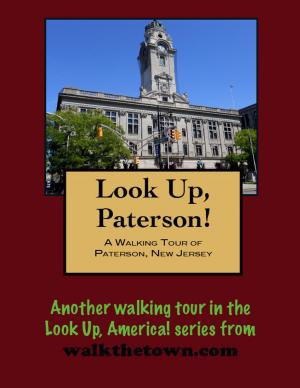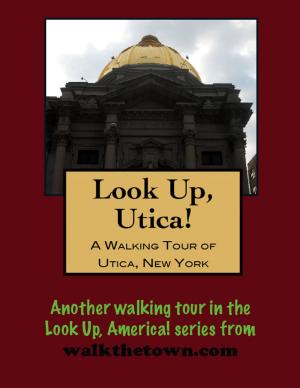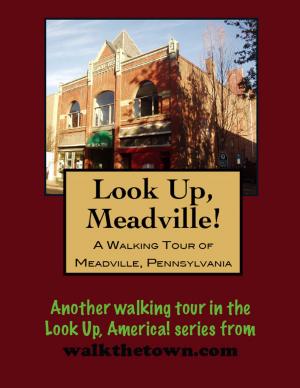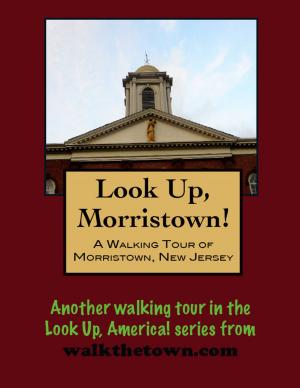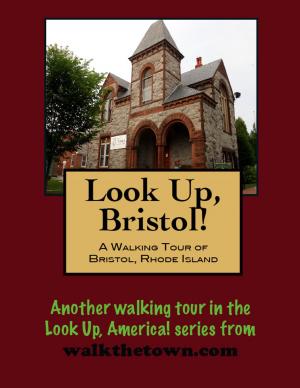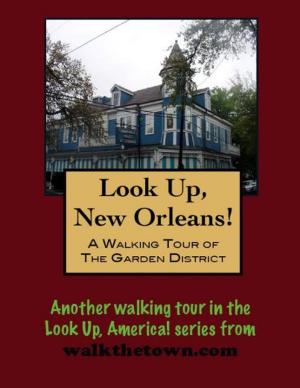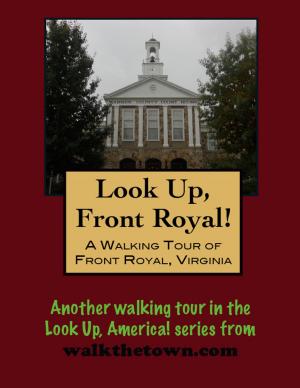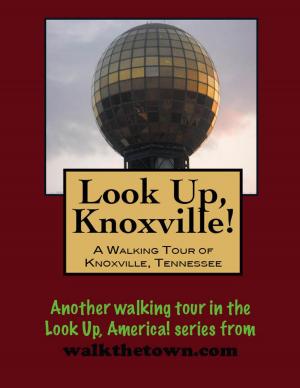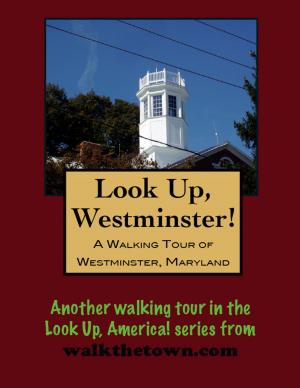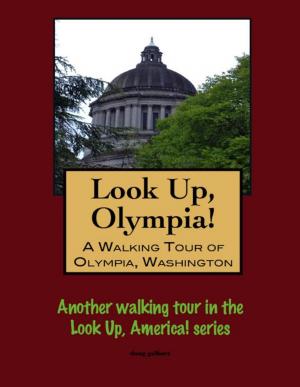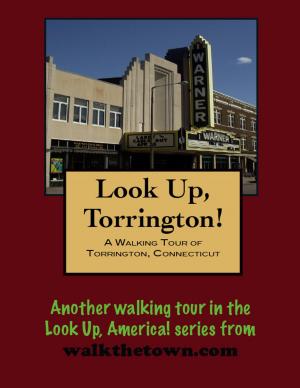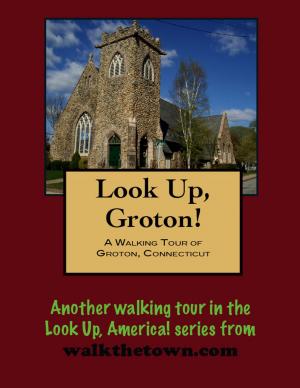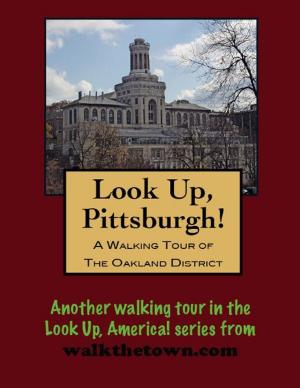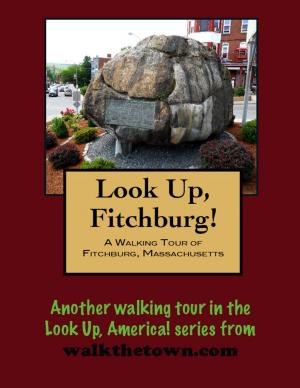| Author: | Doug Gelbert | ISBN: | 9781458010230 |
| Publisher: | Doug Gelbert | Publication: | February 16, 2011 |
| Imprint: | Smashwords Edition | Language: | English |
| Author: | Doug Gelbert |
| ISBN: | 9781458010230 |
| Publisher: | Doug Gelbert |
| Publication: | February 16, 2011 |
| Imprint: | Smashwords Edition |
| Language: | English |
There is no better way to see America than on foot. And there is no better way to appreciate what you are looking at than with a walking tour. Whether you are preparing for a road trip or just out to look at your own town in a new way, a downloadable walking tour is ready to explore when you are.
Each walking tour describes historical and architectural landmarks and provides pictures to help out when those pesky street addresses are missing. Every tour also includes a quick primer on identifying architectural styles seen on American streets.
It took three tries for a settlement in the hills around the Blackstone River to take hold. the first massing of a handful of houses in 1673 was burned to the ground two years later in King Philip’s War against local Indians. The town was resettled and incorporated in 1684. When Queen Anne’s War against the French and Indians erupted in 1702 the settlement was abandoned. The beauty of the area and its geographical advantages demanded another try at settlement, which came in 1713. The town was incorporated under the name Worcester from the famous English town and in 1731 was named county seat, a role it performed until the dissolution of the county government in 1998.
In 1828 the Blackstone Canal began linking Worcester, at the headwaters of the Blackstone River, with Providence and the open sea. The Blackstone Valley became the linchpin of the Industrial Revolution and set Worcester on the path to becoming the greatest industrial city in the United States not on a natural waterway.
There was nothing glitzy about Worcester industry; its wealth was built on a succession of prosaic product. First came Ichabod Washburn’s patented process for extruding steel wire used for pianos and twisting the barbed wire that fenced the American plains. There were the requisite textiles, of course, and William Crompton’s special looms revolutionized the spinning of cotton. The grinding wheels and heavy-duty abrasives of the Norton Company found favor in industrial plants across the globe. And in 1853 Russell Hawes patented the first practical machine for folding envelopes. Suddenly a three-man crew could produce 25,000 envelopes in a single ten-hour day an by the end of the century three out of every five envelopes in America was coming out of the United States envelope Company.
Our walking tour will explore significant buildings constructed in the halcyon days between the Civil War and the Second World War that turned Worcester into New England’s second-most populous city...
There is no better way to see America than on foot. And there is no better way to appreciate what you are looking at than with a walking tour. Whether you are preparing for a road trip or just out to look at your own town in a new way, a downloadable walking tour is ready to explore when you are.
Each walking tour describes historical and architectural landmarks and provides pictures to help out when those pesky street addresses are missing. Every tour also includes a quick primer on identifying architectural styles seen on American streets.
It took three tries for a settlement in the hills around the Blackstone River to take hold. the first massing of a handful of houses in 1673 was burned to the ground two years later in King Philip’s War against local Indians. The town was resettled and incorporated in 1684. When Queen Anne’s War against the French and Indians erupted in 1702 the settlement was abandoned. The beauty of the area and its geographical advantages demanded another try at settlement, which came in 1713. The town was incorporated under the name Worcester from the famous English town and in 1731 was named county seat, a role it performed until the dissolution of the county government in 1998.
In 1828 the Blackstone Canal began linking Worcester, at the headwaters of the Blackstone River, with Providence and the open sea. The Blackstone Valley became the linchpin of the Industrial Revolution and set Worcester on the path to becoming the greatest industrial city in the United States not on a natural waterway.
There was nothing glitzy about Worcester industry; its wealth was built on a succession of prosaic product. First came Ichabod Washburn’s patented process for extruding steel wire used for pianos and twisting the barbed wire that fenced the American plains. There were the requisite textiles, of course, and William Crompton’s special looms revolutionized the spinning of cotton. The grinding wheels and heavy-duty abrasives of the Norton Company found favor in industrial plants across the globe. And in 1853 Russell Hawes patented the first practical machine for folding envelopes. Suddenly a three-man crew could produce 25,000 envelopes in a single ten-hour day an by the end of the century three out of every five envelopes in America was coming out of the United States envelope Company.
Our walking tour will explore significant buildings constructed in the halcyon days between the Civil War and the Second World War that turned Worcester into New England’s second-most populous city...
